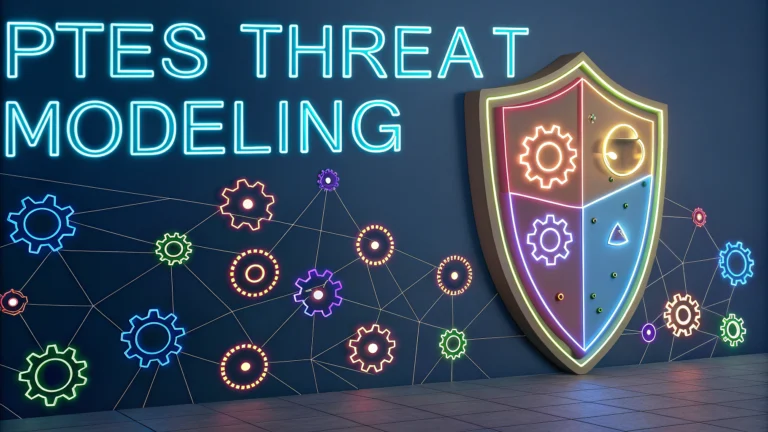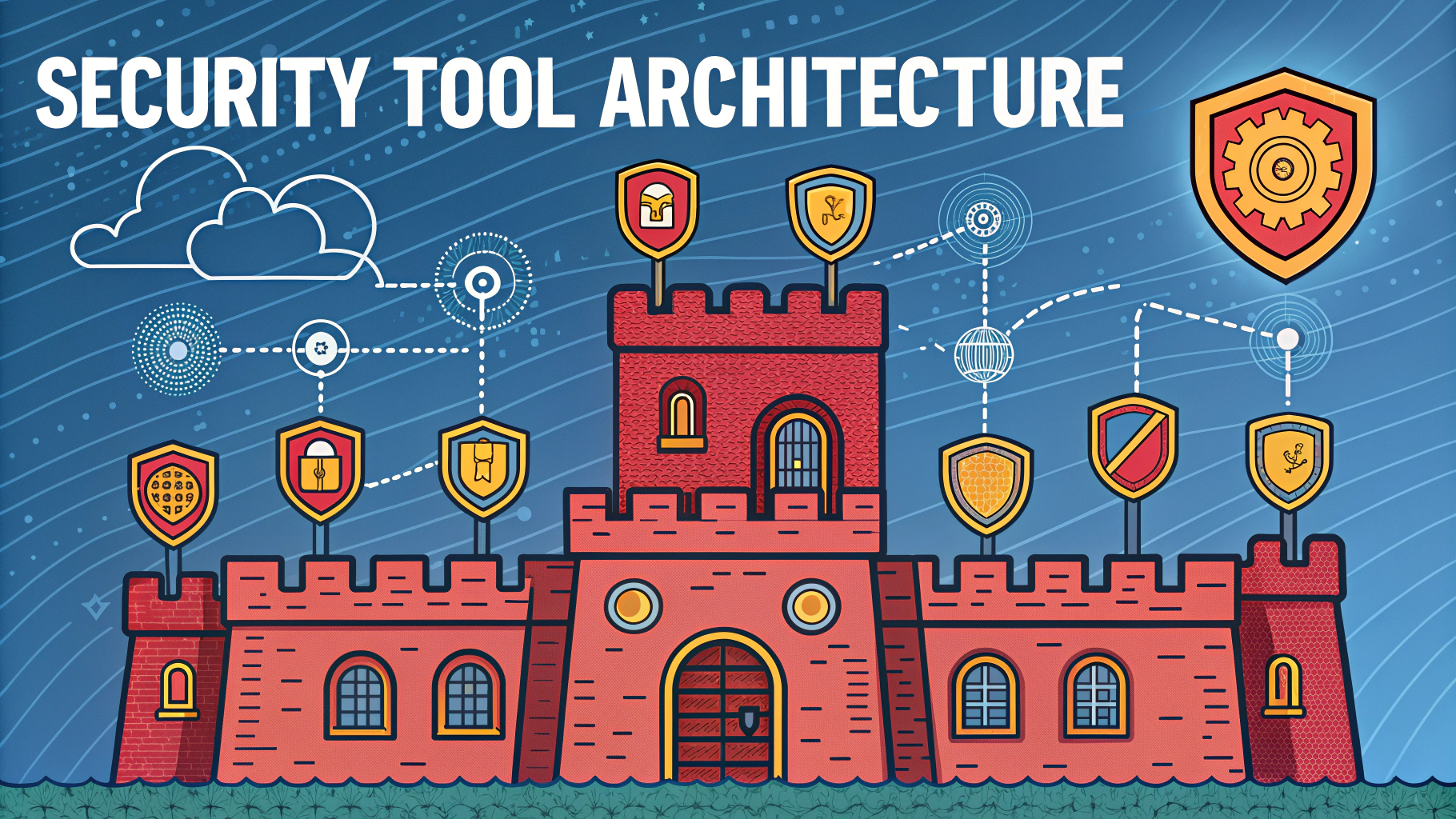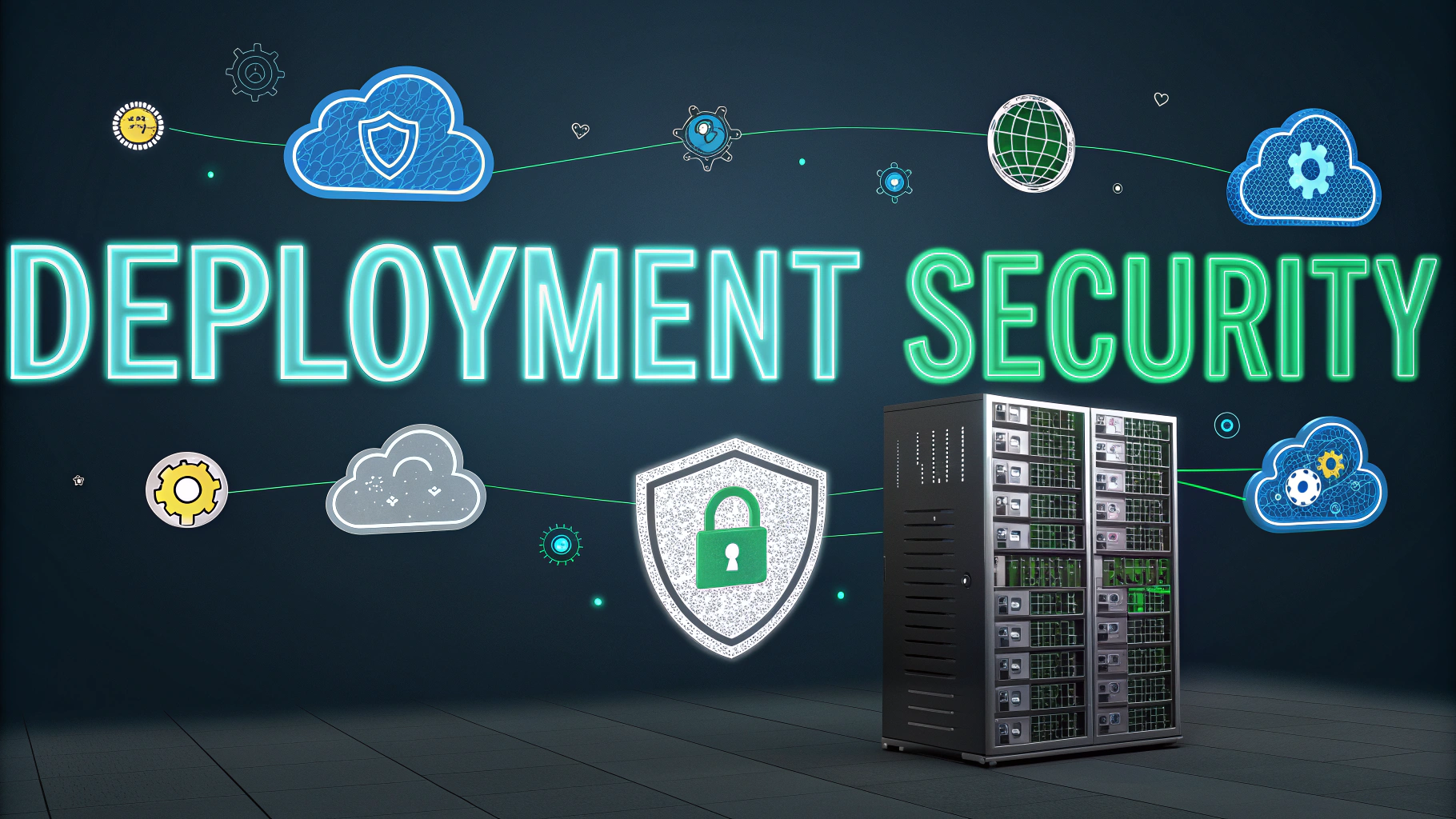PTES (Penetration Testing Execution Standard) threat modeling helps security teams identify and analyze potential threats before conducting penetration tests.
What is PTES Threat Modeling?
PTES threat modeling is a systematic approach to understanding how attackers might target an organization’s assets and infrastructure.
Key Components of PTES Threat Modeling
- Asset identification and valuation
- Business process analysis
- Threat agent identification
- Threat capability assessment
- Motivation analysis
Steps in PTES Threat Modeling
- Information Gathering
- Document network architecture
- Identify critical assets
- Map data flows
- Business Asset Analysis
- Evaluate asset value
- Determine impact of compromise
- Identify dependencies
- Threat Analysis
- Profile potential attackers
- Assess attack methods
- Rate likelihood of threats
Tools for PTES Threat Modeling
- Microsoft Threat Modeling Tool – Free visualization tool for creating threat models
- OWASP Threat Dragon – Open-source threat modeling tool
- IriusRisk – Commercial threat modeling platform
Best Practices
- Update threat models regularly
- Include stakeholders from different departments
- Document assumptions and decisions
- Focus on realistic scenarios
- Prioritize threats based on risk
Common Pitfalls to Avoid
- Overlooking non-technical threats
- Focusing only on known vulnerabilities
- Ignoring business context
- Not considering insider threats
Integration with Penetration Testing
Threat models guide penetration testing by highlighting areas requiring focused testing and validation.
Testing Priorities Based on Threat Model
| Priority | Focus Area | Testing Approach |
|---|---|---|
| High | Critical assets | Deep, comprehensive testing |
| Medium | Supporting systems | Standard security assessment |
| Low | Non-critical assets | Basic security checks |
For more information about PTES standards and methodologies, visit the official PTES website at www.pentest-standard.org.
Advanced PTES Implementation
Continuous Improvement Process
- Regular review cycles
- Feedback integration from tests
- Adaptation to new threats
- Metrics tracking and analysis
Compliance Integration
- Mapping to regulatory requirements
- Documentation for audits
- Control validation
- Compliance reporting alignment
Security Program Integration
PTES threat modeling connects with other security initiatives through:
- Risk management alignment
- Security awareness training
- Incident response planning
- Security architecture reviews
Conclusion
PTES threat modeling provides a structured framework for understanding and addressing security risks before conducting penetration tests. Successful implementation requires:
- Systematic approach to threat identification
- Regular updates and maintenance
- Stakeholder involvement
- Integration with broader security programs
- Actionable outputs for penetration testing
Organizations implementing PTES threat modeling effectively can better prioritize security efforts, allocate resources efficiently, and maintain a proactive security posture.
FAQs
- What is PTES threat modeling and why is it important in penetration testing?
PTES threat modeling is a systematic approach within the Penetration Testing Execution Standard that helps identify, analyze, and document potential threats to a system. It’s essential because it provides a structured methodology to understand attack vectors, vulnerabilities, and potential impacts before actual testing begins. - What are the main phases of PTES threat modeling?
The main phases include pre-engagement interactions, intelligence gathering, threat modeling, vulnerability analysis, exploitation, post-exploitation, and reporting. Threat modeling specifically focuses on understanding business assets, identifying threat agents, and documenting attack vectors. - How does PTES threat modeling differ from other threat modeling frameworks?
PTES threat modeling is specifically designed for penetration testing scenarios, unlike STRIDE or DREAD which are more development-focused. It emphasizes practical attack scenarios and includes specific guidance for penetration testers to simulate real-world threats. - What information should be gathered during the PTES threat modeling phase?
Essential information includes business assets, data flow diagrams, network architecture, security controls, potential threat actors, possible attack vectors, and business impact analysis of potential compromises. - How do you prioritize threats in PTES threat modeling?
Threats are prioritized based on likelihood of occurrence, potential business impact, ease of exploitation, and the value of targeted assets. This helps focus penetration testing efforts on the most critical areas. - What role does PTES threat modeling play in scope definition?
PTES threat modeling helps define testing boundaries, identifies critical assets requiring focus, determines acceptable testing methods, and establishes success criteria for the penetration test. - How does PTES threat modeling integrate with vulnerability assessment?
The threat model guides vulnerability assessment by identifying potential weak points, suggesting likely attack paths, and helping prioritize which vulnerabilities pose the greatest risk to critical assets. - What deliverables should be included in PTES threat modeling documentation?
Key deliverables include asset inventory, threat actor profiles, attack trees or scenarios, data flow diagrams, risk ratings for identified threats, and recommended testing approaches based on the threat model. - How often should PTES threat modeling be updated?
PTES threat modeling should be updated whenever significant changes occur in the environment, such as new systems, business processes, or identified threats, and typically before each major penetration testing engagement. - What are the common challenges in implementing PTES threat modeling?
Common challenges include incomplete asset inventory, limited understanding of business processes, difficulty in threat actor profiling, time constraints, and maintaining threat model accuracy over time.







